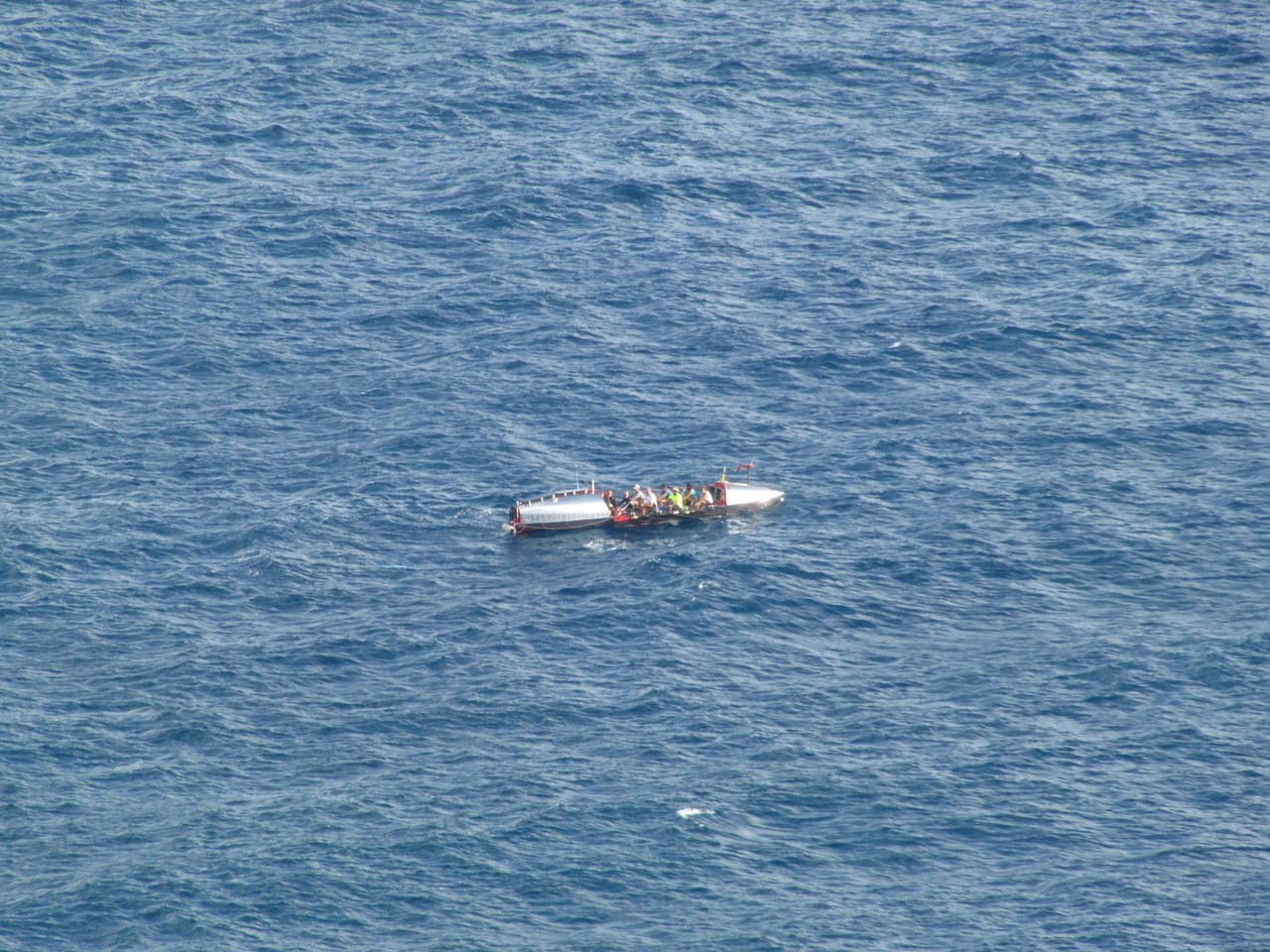The Arab Adventurer
The Omani who took on the Arctic and the Atlantic
Nabil Al Busaidi
I hadn’t intended to walk to the magnetic North Pole. I was just going for lunch. At the table next to me in the restaurant was a guy I knew from the Road Runners’ club. He was hoping to climb Mt Everest and was keen for me to join him. I laughed at the idea and replied I didn’t have time as my lunch break was only one hour…
But he had planted a seed in the back of my head and, after 3 weeks, I got back in touch with him to meet up and talk more about Everest. I also got in touch with a few friends who had done Everest or other expeditions, and gradually my mind was switched from Everest to the Arctic for one simple reason.
Relatively speaking, a lot of people have summited Everest. Around 4,000 people so far, and nearly every nationality has made it to the top. But the number of people that have managed to walk the full distance to a pole is around 400, and no Arab had managed it so far. And whatever record you hold, fastest, highest, strongest, oldest, youngest…someone will always beat your record eventually.
Unless you are the first. Neil Armstrong will always be the first man on the moon. No one will ever beat that record.
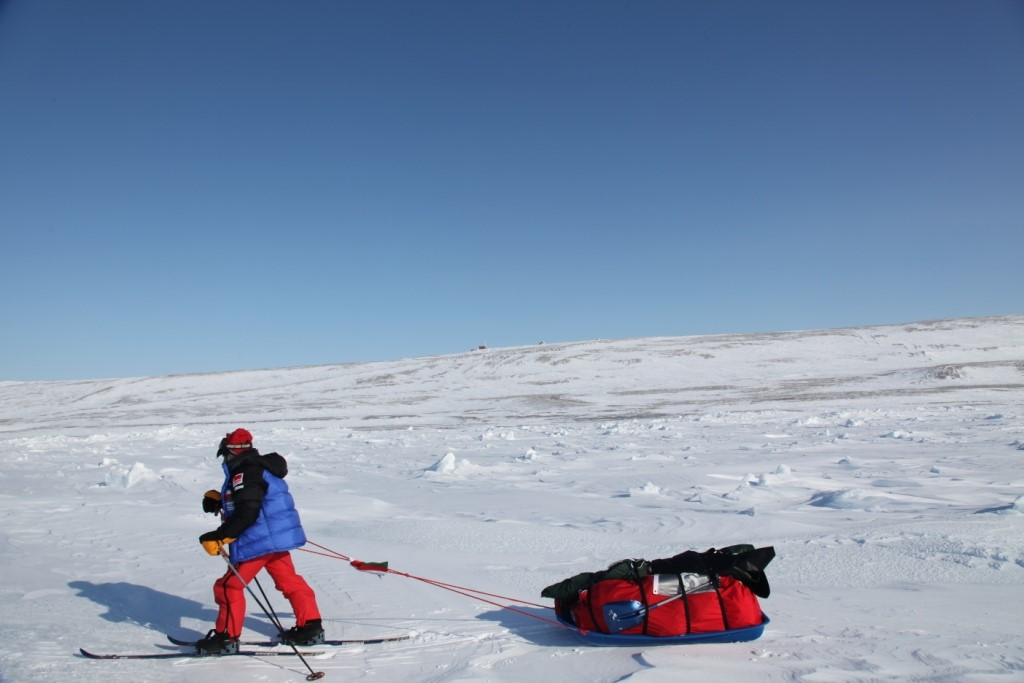
And so my mind was made up. I would be the first Arab to walk to a pole. With the financial crash of 2008, I applied for a sabbatical, and, long story short, I walked the 650 km from Resolute Bay in Canada to the magnetic North Pole.
Getting to the pole could have been the end of my journey, but instead it became the start and I trekked from challenge to challenge...
I helped my disabled friend go from Land’s End to John O’Groats in a wheelchair in HALF the time of the previous world record.
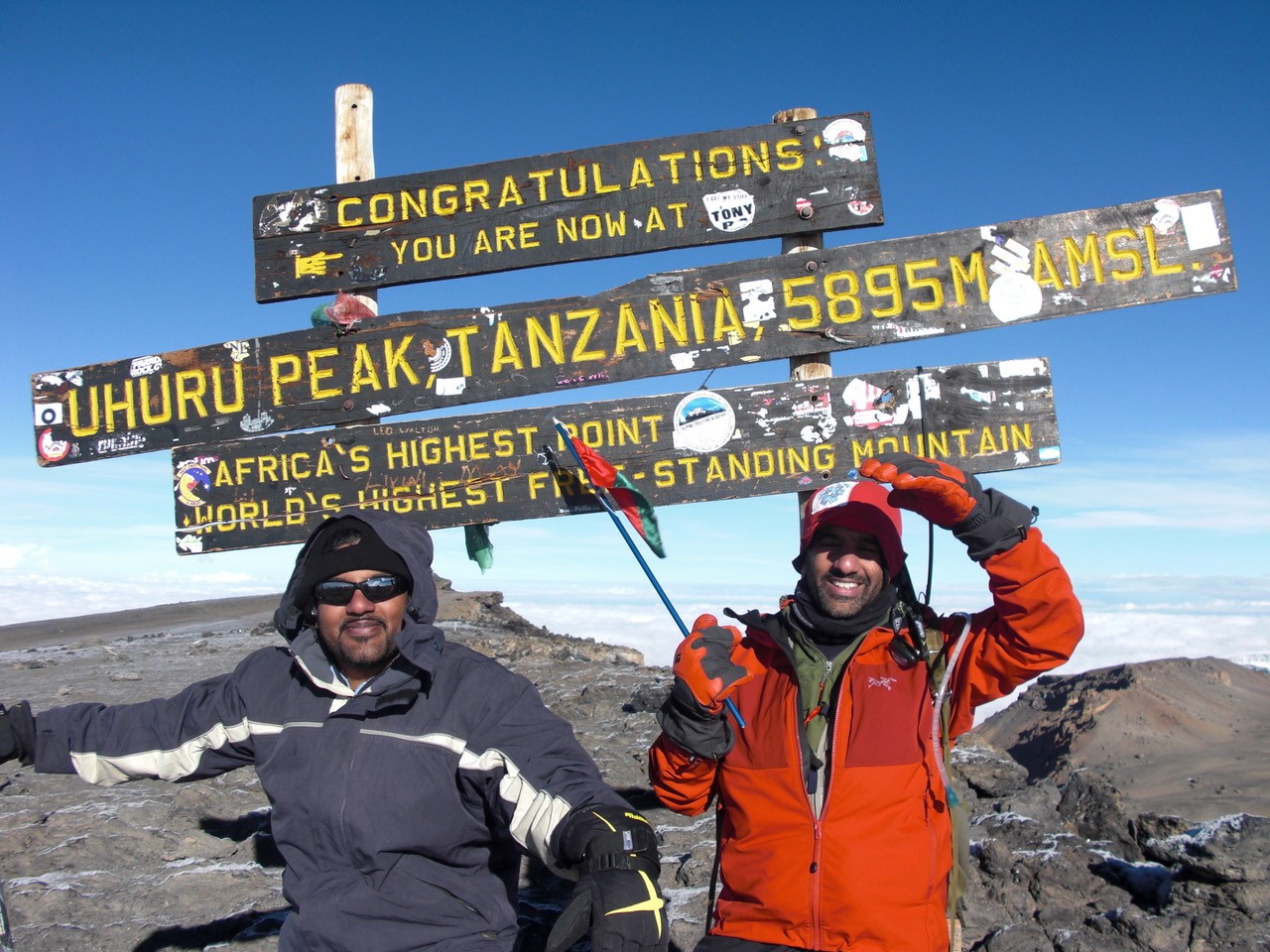
I walked to the top of Kilimanjaro with my brother.
I became the second Arab to climb the highest mountain in Antarctica, Mt Vinson.
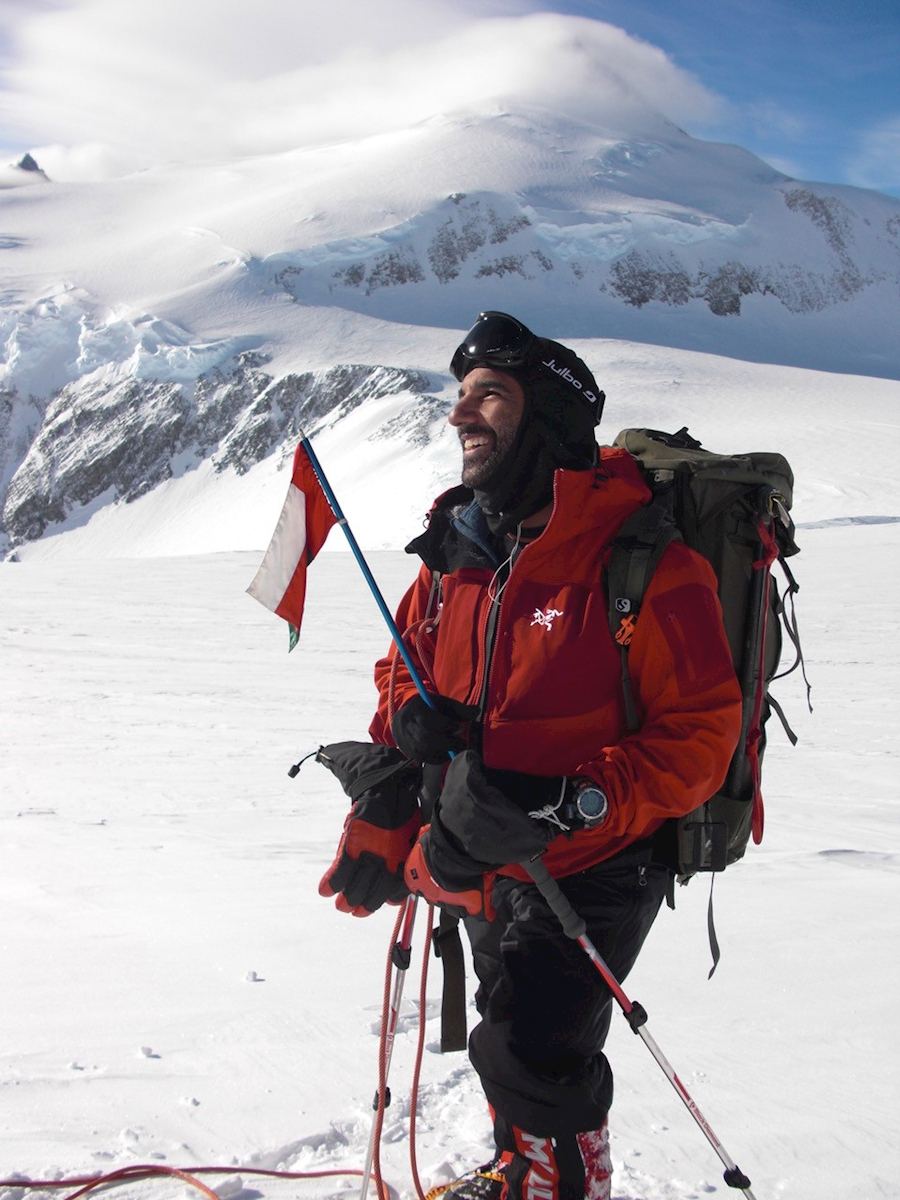
I visited over 50 schools, and spoke to over 10,000 students.
And eventually, I got around to attempting Everest. Unfortunately, I had an accident at around 6,200 metres above sea level (around the same altitude as Camp 2).
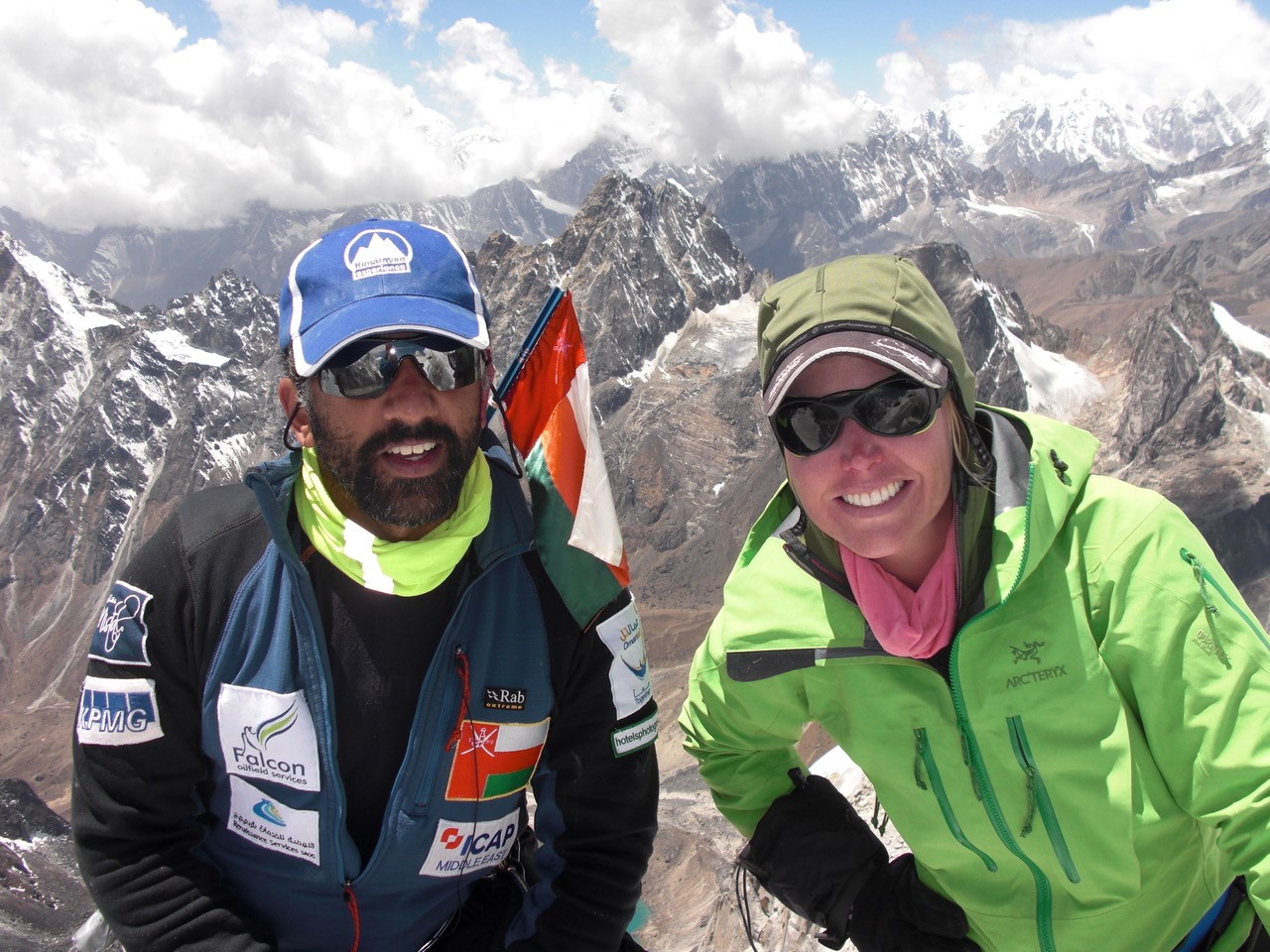
With both ankles severely mangled, I was unable to walk for 3 months, and was unsure if I would ever fully recover. During those dark months, I had plenty of time to sink into the depths of depression.
I also had time to go through my junk mail folders and I came across an email that asked if I would like to row across an ocean.
Probably one of the most ridiculous emails I had ever received. For a start a rowboat could never get across the Atlantic, or survive the waves, or stay afloat during the storms, or manage to propel itself 4,600 km across the ocean…could it?
But during my physiotherapy sessions, the physio had told me that I needed to spend lots of time on the rowing machine to get strength and flexibility back into my ankles. Swimming was another recommended exercise – a great, all-over, non-weight bearing exercise for my situation. And what was this expedition, except lots of rowing? And if the boat sank, I would be doing lots of swimming…
So, 3 months later, I found myself setting off from the same port as Christopher Columbus, but instead of the Santa Maria, Nina or Pinta ships, there were 14 of us crammed into the 14-metre ocean-going rowing boat Britannia III. I never asked what happened to the Britannia I, or Britannia II. Never ask questions you don’t want to know the answers to…
And as much as I thought walking 650 km, dragging 50 kilos of equipment, in average temperatures of minus 40º Celsius for 5 weeks was hard, I would rather have walked to the North Pole several times than row another ocean!
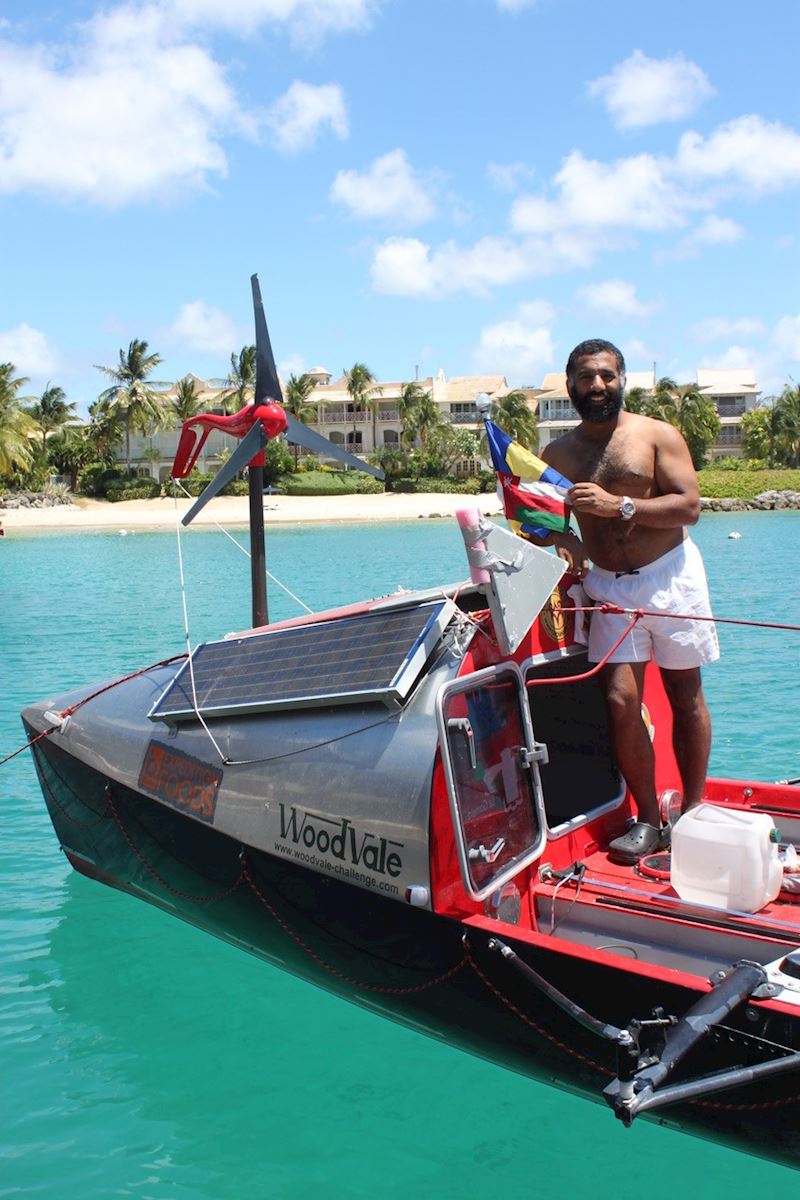
We rowed for 2 hours, and then rested for 2 hours. If you have ever used a rowing machine, 2 hours is about as much as anyone can manage. But to then lie inside the cramped watertight cabin and try to sleep for 2 hours, while crewmembers rolled over you, as the boat was tossed about the ocean, was just maddening.
There were no beds, just wooden shelves. There was no kitchen, just a gas camping burner to boil water, to make dehydrated rations. And there were no toilets. Just a bucket named “Richard the Turd” who accidentally went “man overboard” after a few days, and then it was just a case of sitting over the edge.
2 hours on, 2 hours off. 24 hours a day. For 43 days. Non-stop.
But despite the hardships, in some ways, rowing the Atlantic was the best expedition I have done. I have never felt such a camaraderie or team spirit as I did with the 6 others in my shift. We called ourselves the Spartans, and we looked after each other and we kept each other’s spirits high. We have stayed in touch, and when we see each other, it is like nothing has changed. No time has passed. No relationship has to be re-established. And that is deeply comforting. But not enough to attempt something like that again!
